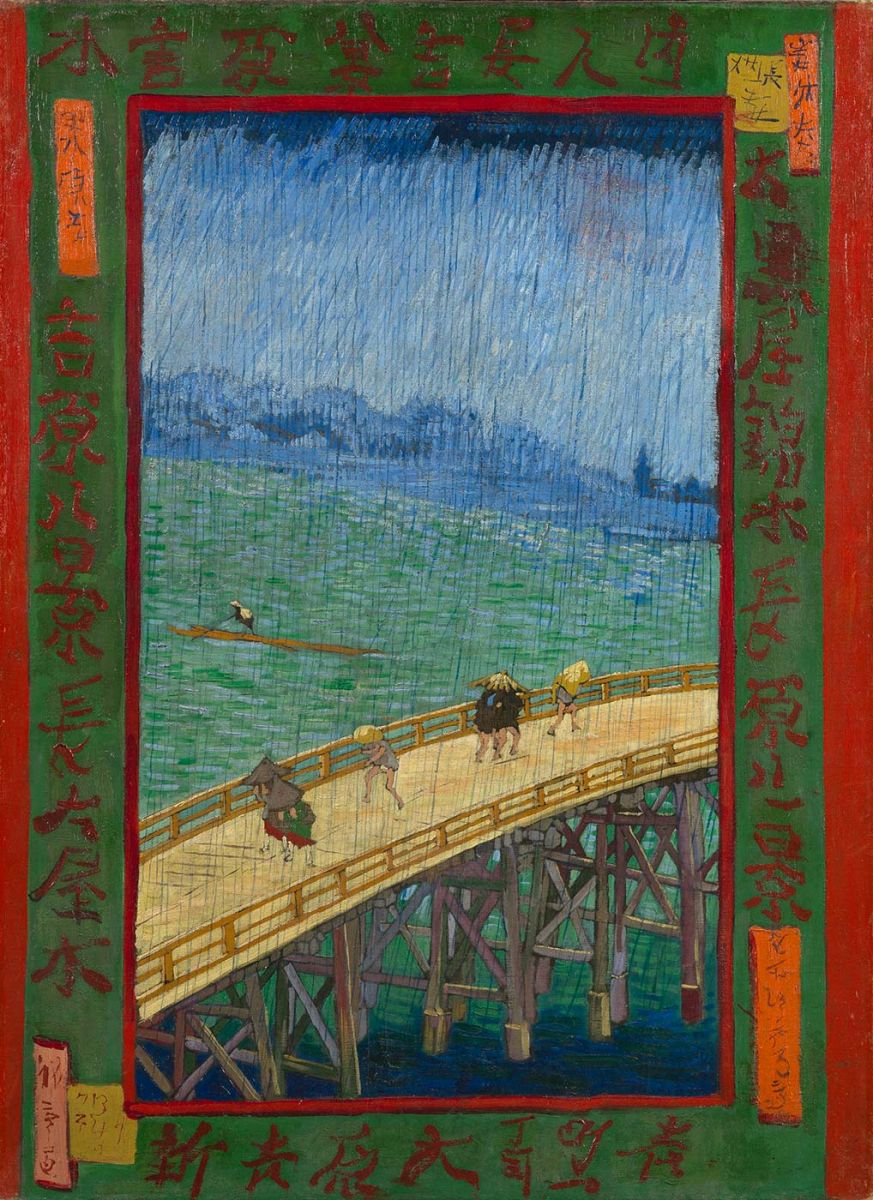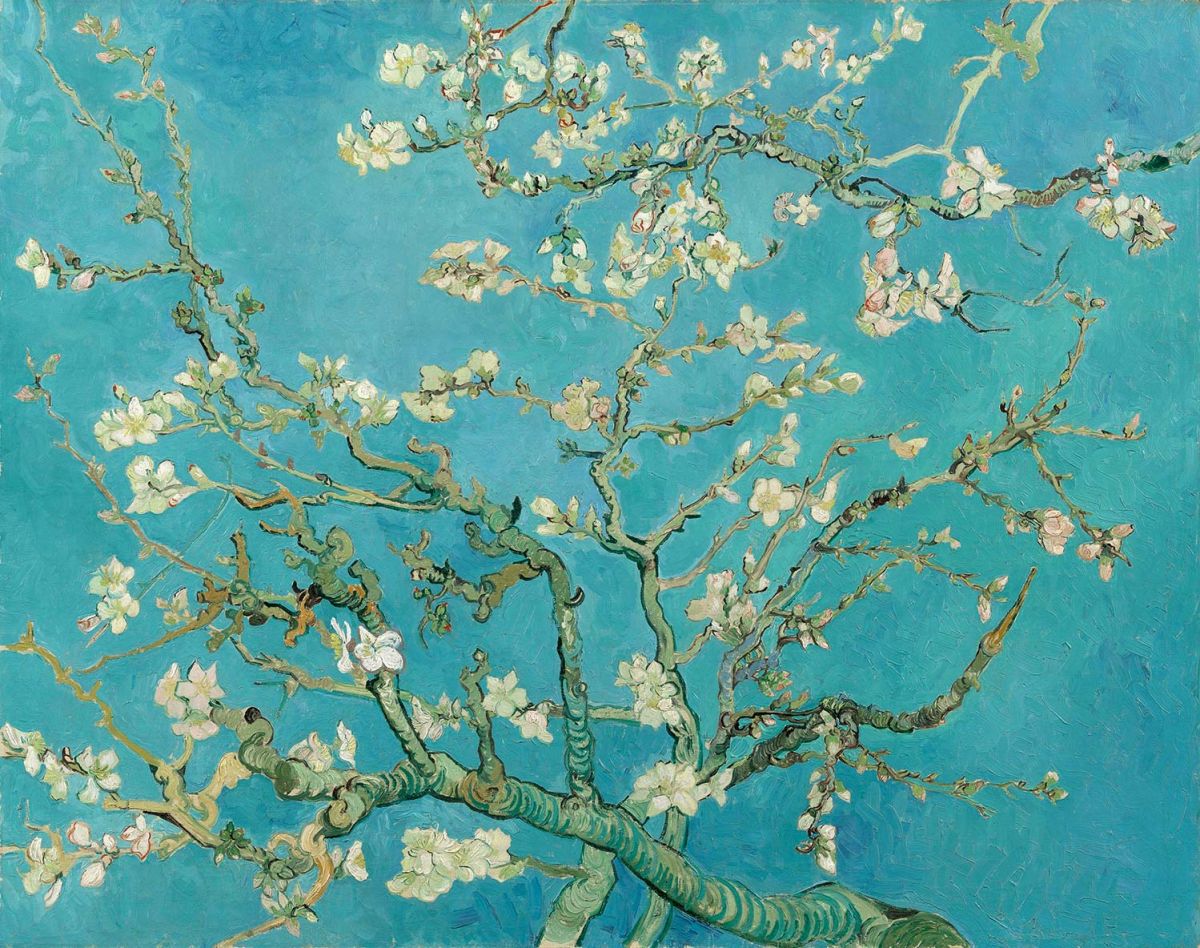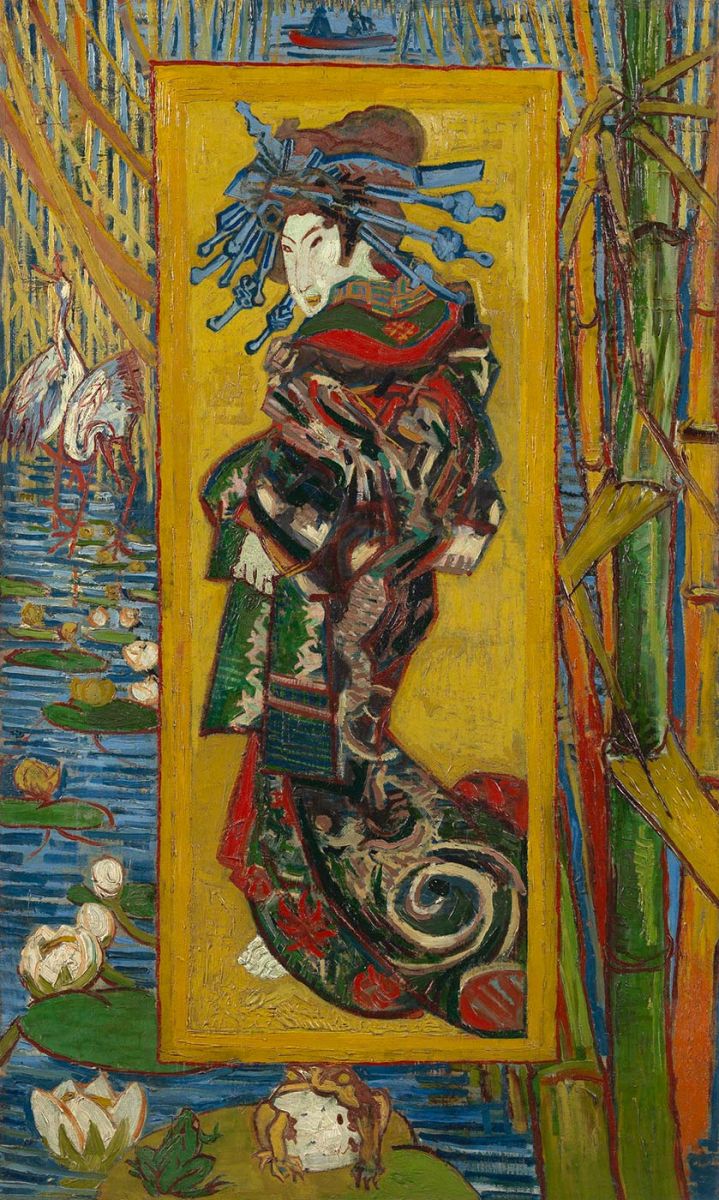Van Gogh & Japan
23 March–24 June 2018
In the spring and early summer of 2018, the Van Gogh Museum will present Van Gogh & Japan – a major international exhibition on the influence of Japanese art on the work of Vincent van Gogh. The show, which will comprise around 60 paintings and drawings by Van Gogh and a rich selection of Japanese prints, will highlight the painter’s all-embracing admiration for this art and how fundamentally his work changed in response to it. Exceptional loans from museums and private collections from all over the world will be brought to Amsterdam; this is the first time that an exhibition on such a scale has been organized on this theme.
Under the spell of Japan
Van Gogh’s discovery of Japanese printmaking proved decisive to the direction he would take as an artist. He fell under the spell of the ukiyo-e – 19th-century Japanese colour woodcuts – during his time in Paris (1886–88), and began to collect these prints on a large scale. What Van Gogh admired so much in these colourful images were the unusual compositions, the expanses of bright colour and the attention to details from nature. Van Gogh swiftly came to view Japanese art as a benchmark for his work, as shown by his letters from Arles, where he had moved in early 1888 with the idea that the South of France was “the equivalent of Japan”. He learned there how to “see with a more Japanese eye”. Van Gogh & Japan shows how Van Gogh increasingly worked in the spirit of his Eastern example, with the emphasis on a colourful and distinctive palette.
Special loans
Famous paintings and drawings by Van Gogh from museums and private collections all over the world will be brought together in Van Gogh & Japan. Self-Portrait with Bandaged Ear, 1889 (The Courtauld Gallery, London), a fragile work that has not left the UK since 1955 and has not been in The Netherlands since 1930, will return to its ‘spiritual home’ at the Van Gogh Museum ahead of The Courtauld Gallery’s closure for a major transformation project in autumn 2018. The Japanese print in the background of this important self-portrait testifies of Van Gogh’s great love for Japanese art.
Another highlight of the exhibition is Self-Portrait, 1888 (Fogg Art Museum, Harvard Art Museums, Cambridge, MA), in which Van Gogh painted himself as a bonze – a Buddhist monk from Japan. The work shows the extent to which Van Gogh identified with the Japanese. Other special loans include the Portrait of Madame Roulin (La Berceuse), 1889 (Art Institute of Chicago), Undergrowth with Two Figures, 1890 (Cincinnati Art Museum), La Crau with Peach Trees in Blossom, 1889 (The Courtauld Gallery, London) and The Arlésienne (Madame Ginoux), 1888 (The Metropolitan Museum of Art, New York). They will be shown alongside Vincent’s ‘Japanese’ works from the Van Gogh Museum, such as Courtesan (after Eisen), 1887 , and Almond Blossom, 1890. In addition to Japanese prints from Van Gogh’s own collection, a large number from other collections will also be on view, including The Great Wave off Kanagawa, 1829–33 (Rijksmuseum, Amsterdam) by Katsushika Hokusai.
Collaboration
Van Gogh & Japan is a collaboration with Hokkaido Shimbun Press and NHK (Japan Broadcasting Corporation), the Hokkaido Museum of Modern Art in Sapporo, the Tokyo Metropolitan Art Museum and The National Museum of Modern Art in Kyoto. The exhibition is being held at these three Japanese museums in 2017-18, and will be shown at the Van Gogh Museum in Amsterdam from 23 March to 24 June 2018.
Simultaneously to Van Gogh & Japan, The Mesdag Collection in The Hague will show an exhibition about Mesdag & Japan (7 March-17 June), with a focus on the collection Japanese applied art, collected by Mesdag himself at the time he opened his museum in 1887. The collection consists of more than 200 objects, ranging from Samurai swords to Satsuma vases. The Van Gogh Museum has managed The Mesdag Collection since 1991.


